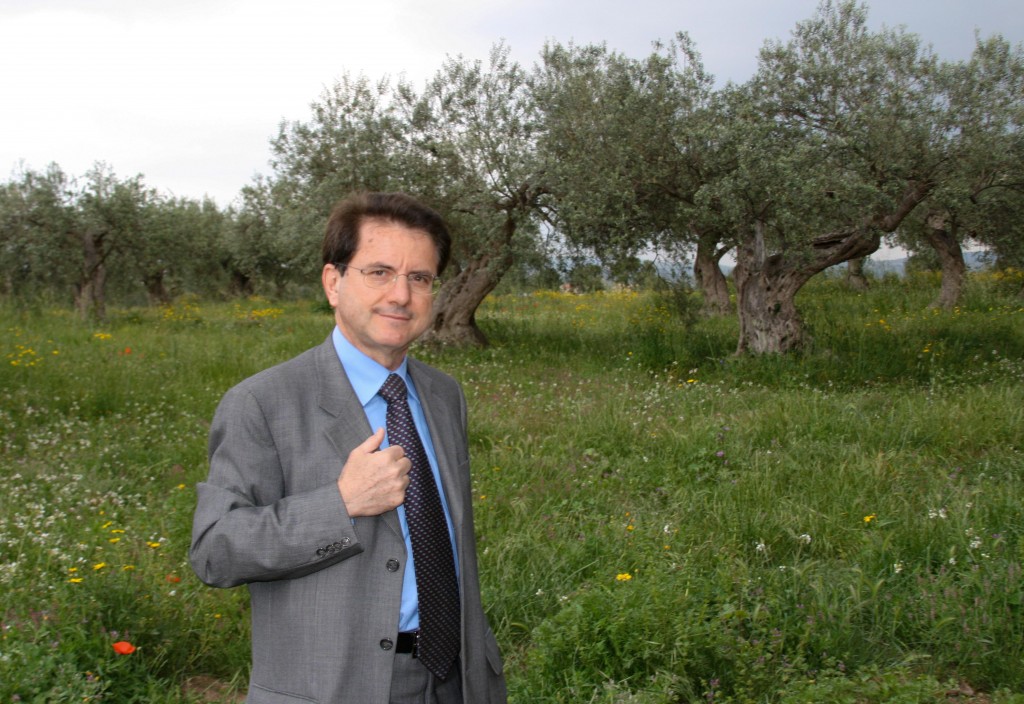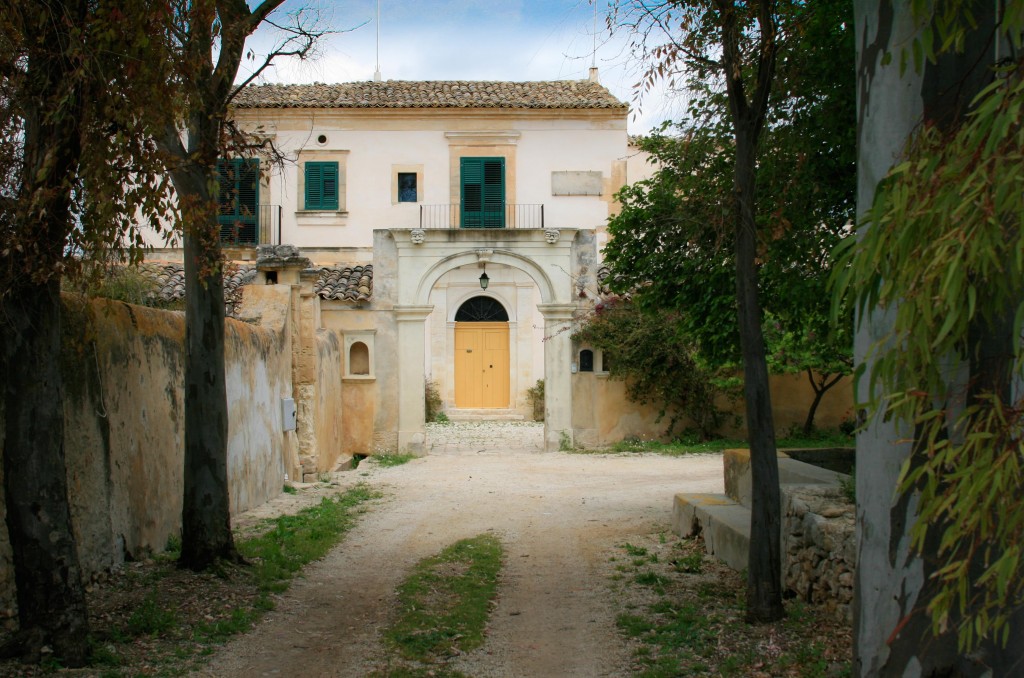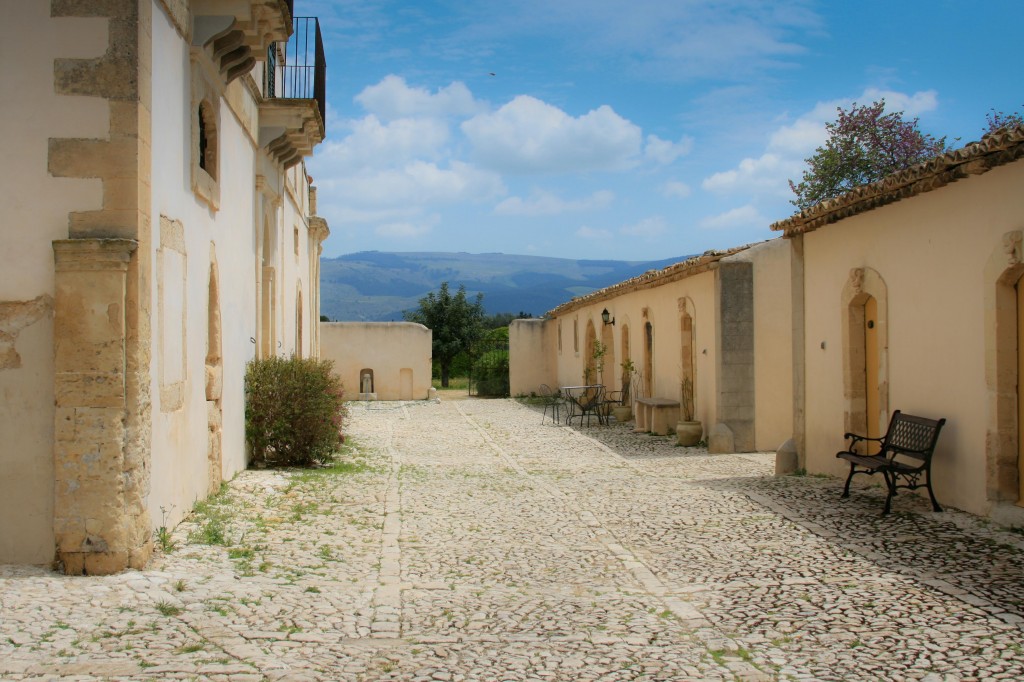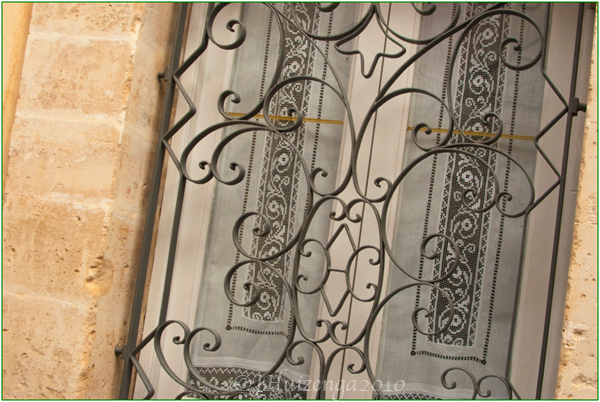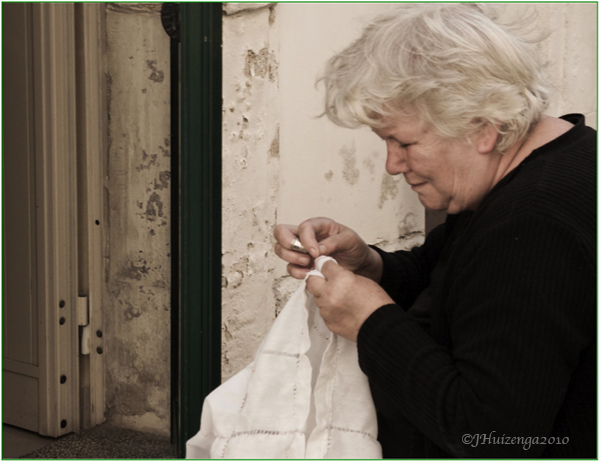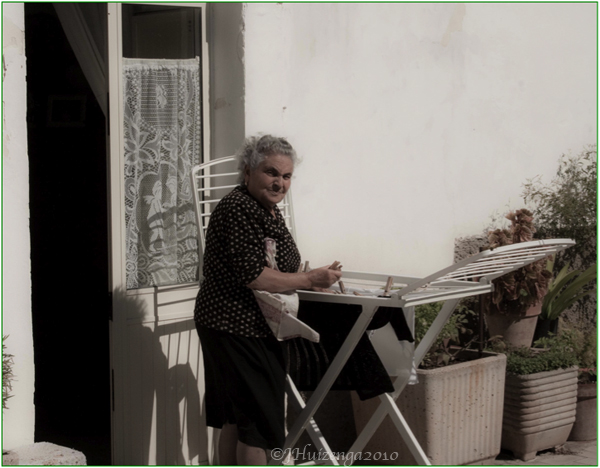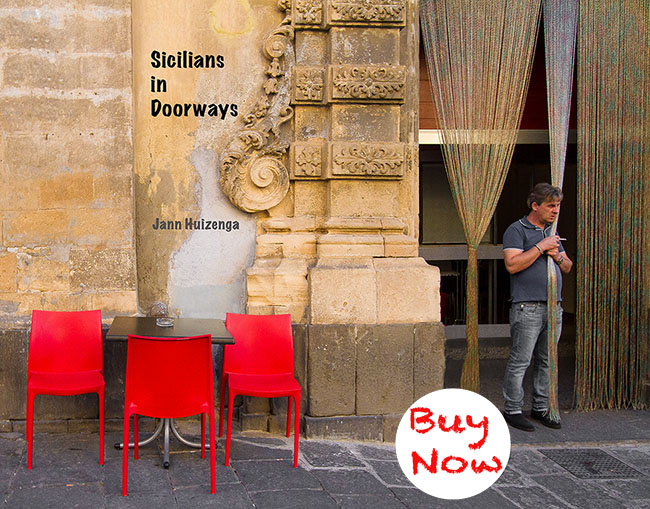March 25, 2011
The motto of Chiaramonte Gulfi, a charming hilltop village in Southeast Sicily, is this:
La purezza dell’aria non è un lusso, pure air is not a luxury.
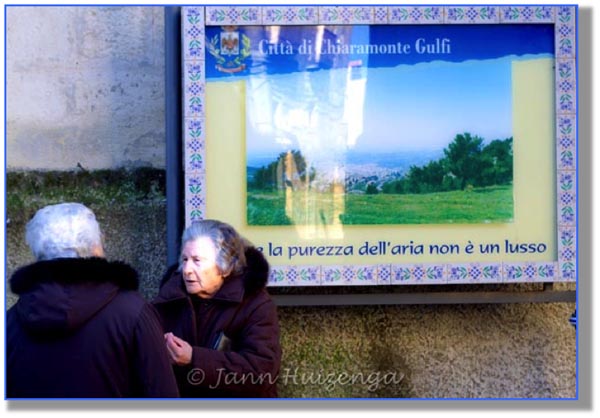
Breathing air free from toxins is not a luxury, it’s a human right: we need to guard it vigilantly.
There are greedy corporations who care much more about company profits than clean air.
My Parisian friend, Jean-Pierre Chellet, explains below why we need to be especially concerned about MOX, the unusually toxic plutonium-rich soup seeping from Reactor 3 at Fukushima, and he poses questions that need to be answered by the nuclear powers-that-be. (And please note: while MOX is still illegal for use in nuclear reactors in the US, there is a push to legalize it.)
The Fukushima reactors are old General Electric MARK1 engines designed and made with a technology that is now over 40 years old. Reactor 3, currently out of control, was recently (in late 2010) reloaded with MOX—a fuel using plutonium from dismantled nuclear weapons that is sold and distributed by the French nuclear conglomerate, AREVA. Because of MOX’s toxicity, it is currently prohibited in the USA.
Many questions can be raised about TEPCO’s operations in Japan: Who guaranties, regulates, and certifies the use of MOX? Who insures that MOX is compatible with GE’s aging MARK1 reactors? Who publishes and implements the new safety regulations that need to be in place due to MOX’s toxicity?
Is GE in charge of certifying and approving this process? Given that General Electric and AREVA are competitors, this question is crucial. Has AREVA insured that MOX is fully compatible with GE’s old reactors? Are there new technical studies and safety regulations about MOX that have been released and published either by Japan’s nuclear authorities or by IAEA (the International Atomic Energy Agency)?
These are urgent questions since as recently as March 16, 2011 André-Claude Lacoste (the President of the National Safety Authority in France) declared on TV to a French Government Fukushima enquiry committee that he had no knowledge about either the infrastructure of the Fukushima reactors, nor about the MARK1 reactor designs! He added that Japan was currently providing documentation for a better understanding and follow-up of the Fukushima situation. Lacoste’s statements were especially astounding given that he was sitting right next to Anne Lauvergeon, the President of AREVA, whose company provided MOX for Japan’s reactors.
Obviously, the French Safety Authority and the French company AREVA doesn’t feel responsible for its MOX shipments to TEPCO in Japan; they seem to have no idea how—or whether—MOX fits Reactor 3 at Fukushima. A melting or an exploding Reactor 3 would generate the planet’s first large plutonium disaster.
Just imagine what sort of politico-commercial imbroglio is behind all these practices. These different international “partners” are all, of course, competing for the highest profits!
***
For more about the laxness of the US Nuclear Regulatory Commission, click to this New York Times article. If the oversight of the nuclear industry is anything like the so-called oversight of Wall Street, God help us….
***
Click to subscribe to BaroqueSicily.
